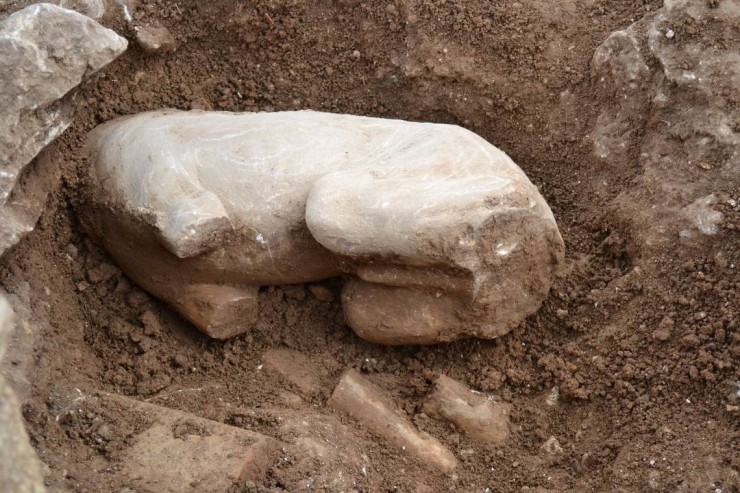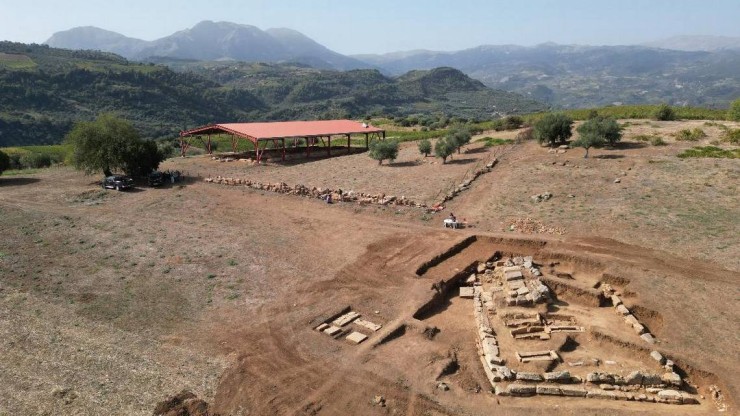Tohle můžu. To by mě bavilo kopat :)
I ta dávná dovednost je fascinující.
A 2,300-year-old haeron hid tombs with gold jewels
Categories: Nálezy nejenom s detektorem v západní Evropě , Pravěké poklady
In October, the next phase of systematic archaeological research was completed at the site of Trapeza, about 8 kilometres south-west of Aegia, Greece. The survey revealed a purpose-built structure(a héron), numerous statues as well as intact tombs with rich furnishings including beautiful gold jewellery.
The area has been identified as ancient Rhypai, once an important city in Achaea, which had a significant impact on colonization with the founding of the city of Crotone in southern Italy. This year, archaeologists have focused on the exploration of a building referred to as "C" southeast of the terrace of temples. Its remains were covered with pieces of limestone and adobe blocks. After removing and cataloguing each piece of debris, the base of the building's 16.8m-long southern wall was uncovered. The 'H' and 'Z' shaped connecting elements date the building to before 300 BC.
The building was decorated with Corinthian semi-columns that bore characteristic architectural features, including a Doric frieze and relief ornamentation. The Corinthian columns here were unusually low, a very rare phenomenon in the context of ancient architecture. The bases of the semi-columns are of Peloponnesian type, similar to the Temple of Apollo at Bassai.
Underneath the ruins of the building lay statues of Pentelic marble, including several statues of lions. The artefacts suggest that the building was used as a heron. In ancient Greece and Roman times, these buildings served as places of worship for legendary heroes, city founders, warriors or other important figures.
Inside the monument, intact graves with rich furnishings have been discovered. Particularly impressive are the massive earrings with a winged Eros holding a scepter in his right hand and a wreath in his left. There is also a gold necklace topped with busts of lions, a gold ring, a gold obolos for Charótwo gold circular earrings and other objects of exceptional artistic value.
In addition to the 2,300-year-old heron, pottery dating from the 8th century BC was discovered in a small section below and outside the front of the monument. Research on this European site will continue in the coming years.
Roman Němec
Sources: miamiherald.com, culture.gov.gr, express.co.uk
- Iron Age metal detector finds
- Finds of Roman-era metal detectors
 gold earrings with lion heads
gold earrings with lion heads
 gold necklace decorated with lions
gold necklace decorated with lions
 Eros
Eros
 male head
male head
 marble lion head
marble lion head
 torso of a lion statue
torso of a lion statue
 gold ring
gold ring
 site investigated
site investigated
The article is included in categories:




